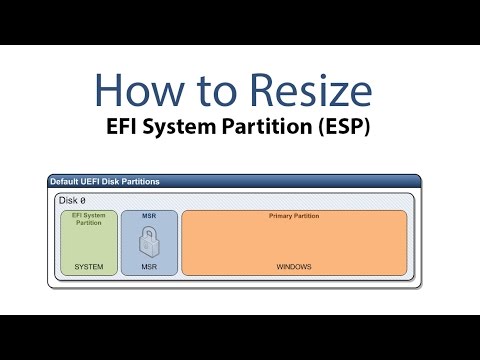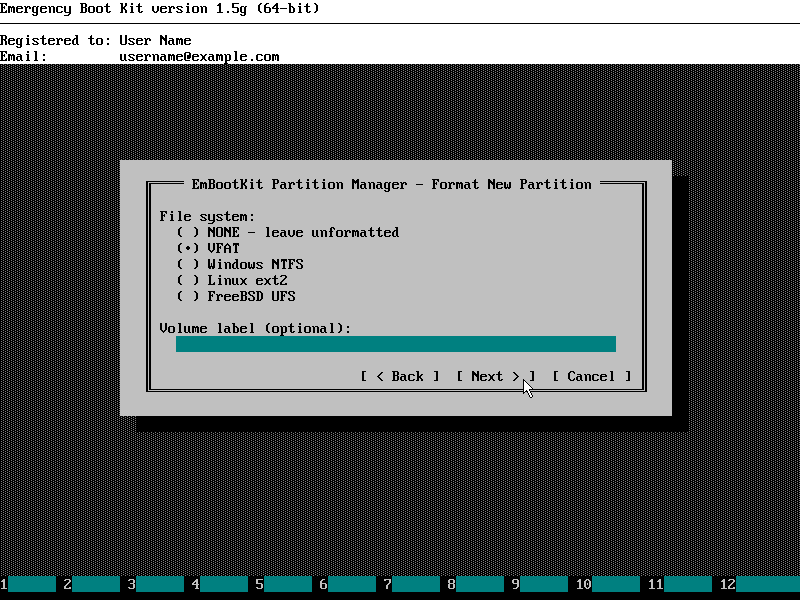

Specifies the location of the operating system. īootcfg uses the NT device name of the partition in its path display. In EFI NVRAM, the boot loader file path is stored as a binary EFI device path that uses a globally unique identifier (GUID) to identify the EFI partition. On EFI-based systems, each operating system or bootable device has its own copy of the boot loader on the EFI partition. Specifies the location of the EFI boot loader for the operating system. The EFI Boot Manager passes these parameters to the bootable device or system to be interpreted and implemented.įor a list of the boot parameters that are related to driver debugging and testing, see Boot Options in a Boot.ini File. Boot parameters are commands to enable, disable, and configure features of the operating system. Specifies the boot parameters for the entry. Represents the boot entry in the boot menu. This is not the EFI boot entry ID, which is a persistent identifier for the EFI components. This value changes when you reorder the boot entries. It is comprised of one or more boot entries for each operating system or bootable program installed on the computer.Ī boot entry is a set of options that defines a load configuration for an operating system or bootable program. Identifies the boot entry that was used to start the current session of the operating system.Ĭontains system-specific data. Specifies the location of the default operating system. When this value expires, the boot loader loads the default operating system. FieldĬontains options that apply to all boot entries.ĭetermines how long the boot menu is displayed. The following table describes the elements of the Bootcfg display of boot data in EFI NVRAM. OsFilePath: \Device\HarddiskVolume3\WINDOWS OsLoadOptions: /debug /debugport=COM1 /baudrate=57600īootFilePath: \Device\HarddiskVolume1\EFI\Microsoft\WINNT50\ia64ldr.efi OS Friendly Name: Windows Server 2003, Enterprise The following sample shows a Bootcfg display of a computer with an Itanium processor. The Bootcfg tool discussed in Editing Boot Options in EFI allows you to view and edit the boot options in EFI NVRAM. The system-specific variables comprise a boot entry for each configuration of a bootable device or bootable program on the computer.

Globally-defined variables that apply to all bootable devices and bootable programs on the computer.īoot option variables that apply only to a particular load configuration of a bootable device or program, such as an operating system. Like the boot options on a system with BIOS firmware, there are two types of boot options in EFI NVRAM:


 0 kommentar(er)
0 kommentar(er)
